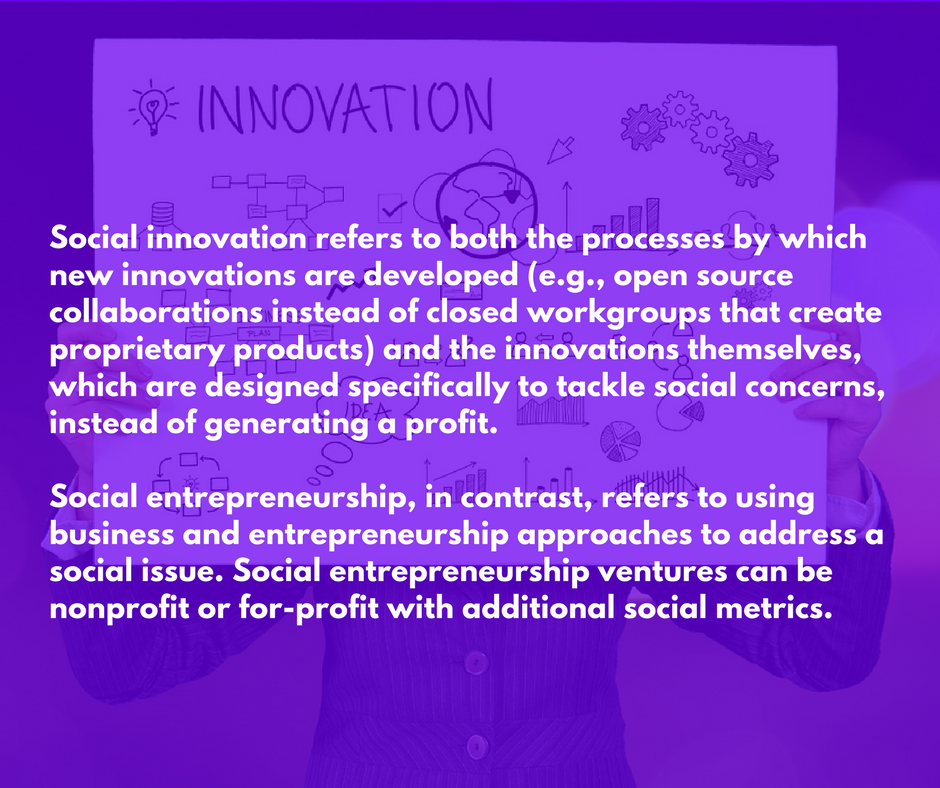Tools for MCH Professionals
Olivia Bass
Crisis Response Coordinator
Orange County Rape Crisis Center
Nora Spencer, MSW, SPHR
Partner – Carolina HR Advisors
2017 Graduate Intern, UNC Social Innovation and Entrepreneurship Lab, UNC School of Social Work
Caitlin Williams
Doctoral Student, Department of Maternal and Child Health
Gilling’s School of Global Public Health, University of North Carolina at Chapel Hill
Disruption. Innovation. Entrepreneurship.
Though these may sound more like Silicon Valley buzzwords than critical tools for maternal and child health (MCH) professionals, programs focused on leveraging the best of the tech startup world are making their way into MCH curricula and training efforts, and the timing couldn’t be better.
As MCH professionals, we are being asked to handle increasingly complex work with ever-dwindling state funds. The populations we serve are growing in size and diversity, and we are learning to cope with the double burden of not only what have traditionally been MCH concerns, but also chronic conditions, like diabetes, obesity, and mental and behavioral health issues – all against the backdrop of a rapidly-changing health care context. Meeting this challenge requires an MCH workforce that is lean, nimble, adaptable and responsive to populations’ needs, and that has an eye towards sustainability. Training in social innovation and social entrepreneurship can help address these needs.

One newly launched program at the University of North Carolina at Chapel Hill is proving that the creative and collaborative nature of social innovation and social entrepreneurship can spark workforce development. In its inaugural year, the School of Social Work’s Social Innovation and Entrepreneurship (SIE) Lab, part of the Jordan Institute for Families, was approached by a local nonprofit with a dilemma: How can we innovate to provide our clients with a more engaging experience? The UNC team chose to tackle the problem using the “design thinking” method, an innovative approach to solving complex problems.
Design thinking – made famous by tech companies like Apple – encourages “thinking like a designer” by developing solutions from a completely user-centric viewpoint. Instead of conducting a quick brainstorm with colleagues, then jumping straight to refining and implementing a solution, design thinking encourages us to stay with the problem and try to really understand it from the end-user’s perspective, rather than our own. This ensures that the solution truly addresses the root of the problem.
Though we may think we understand our end-user’s perspective, design thinking pushes us to invite our end-users to define the problem with us, as their vantage point and priorities may be distinct from our own, and ultimately, they will be the ones to determine whether a proposed solution meets their needs or not. Once the problem is well-defined, design thinking dictates that we rapidly iterate prototypes and seek feedback from end-users before developing a finalized, scalable product or program – saving time and money that might otherwise be wasted in creating solutions that don’t actually meet our end-users’ needs. This entire process is highly interactive and iterative, and often results in the “design team” uncovering the root problem underneath the issue that was initially identified.
As meetings between the SIE Lab and the local nonprofit progressed, this underlying challenge became clear: The organization’s workforce lacked the cohesive “team spirit” that was essential to working with its target population. The SIE Lab team recognized there were truly two different end-user populations: the program beneficiaries and the nonprofit’s own employees. Using the highly participatory design thinking method, the SIE Lab consultants made a point to involve as many team members as possible from all levels throughout the process of defining the problem and iterating potential solutions. In the end, not only did the client walk away with exciting, innovative, and sustainable solutions, the innovation process brought the team together in a hands-on way, impacting their engagement with their clients, their work, and each other.
Programs like the SIE Lab are a great way for MCH professionals to get hands-on experience applying principles of social innovation and social entrepreneurship to MCH-specific challenges. We look forward to seeing more such projects and centers open to help capacitate the MCH workforce on these critical skills. With their focus on creativity and collaboration, social innovation and social entrepreneurship can be powerful engines for developing creative new approaches to problems – especially the kinds of “wicked” problems that MCH professionals face every day.
